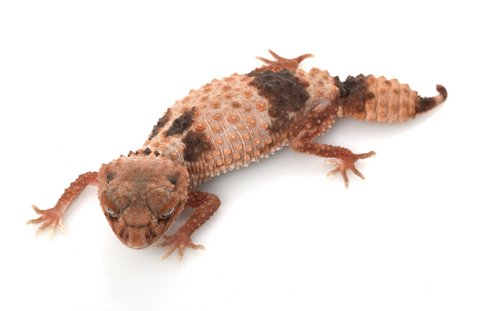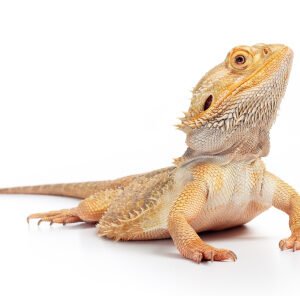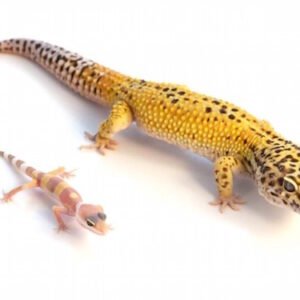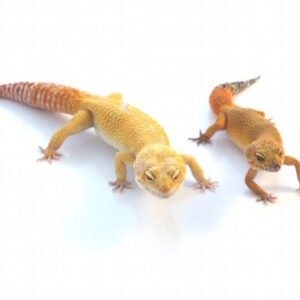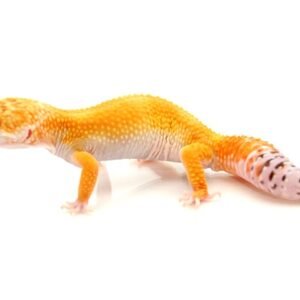Understanding the Banded Knob Tailed Gecko: Characteristics and Habitat
The Banded Knob Tailed Gecko (Nephrurus amyae) is a fascinating species cherished by reptile enthusiasts. Its defining characteristics include a stout body, short limbs, and a distinctive knob-like tail, which serves as a defense mechanism against predators. Typically, these geckos measure between 7 to 10 inches in length, making them a manageable size for pet owners. Their coloration is highly variable, often showcasing a blend of browns, creams, and yellows, with dark bands or stripes that provide effective camouflage in their natural habitat.
Behaviorally, Banded Knob Tailed Geckos exhibit a calm and docile temperament, making them suitable for both novice and experienced reptile keepers. They are primarily nocturnal, which means that they are most active during the night. This trait is important for potential owners to consider, given that their feeding and behavioral habits align with nighttime activity.
In the wild, Banded Knob Tailed Geckos are native to Australia, where they thrive in arid and semi-arid environments. Their preferred habitats include sandy deserts, shrublands, and rocky outcrops, where they can find shelter and food. Understanding their natural environment is crucial for owners looking to replicate these conditions in captivity. For instance, providing a substrate that mimics sandy terrain, along with adequate hiding spots and appropriate temperatures, is essential for their well-being.
In conclusion, comprehending the distinctive characteristics and natural habitat of the Banded Knob Tailed Gecko aids potential owners in meeting their captive care requirements. This knowledge not only supports the health and happiness of the gecko but also fosters a rewarding companionship based on respect for its natural behaviors and habitat needs.
Caring for Your Banded Knob Tailed Gecko: Diet, Habitat Setup, and Handling
Caring for your Banded Knob Tailed Gecko involves understanding its specific needs regarding diet, habitat setup, and handling practices. Firstly, when it comes to diet, this species primarily thrives on a diet of insects. Appropriate food options include crickets, mealworms, and roaches, which are excellent sources of protein. It is advisable to feed your gecko 2-3 times a week, adjusting the quantity based on its size and appetite. Supplementing with calcium powder is crucial to prevent metabolic bone disease, ensuring that your pet remains healthy and vibrant. A shallow dish of fresh water should be available at all times, as hydration is essential for their well-being.
The habitat setup for a Banded Knob Tailed Gecko requires careful consideration. An enclosure of at least 30 gallons is recommended for adult geckos, providing ample room for movement and exploration. The choice of substrate is equally important; options such as coco fiber or reptile carpet offer both comfort and ease of cleaning. Temperature regulation is vital, so maintaining a gradient between 75-85°F is necessary, with a basking spot heated to around 90°F. Humidity levels should be kept between 30-40%, achieved through occasional misting and water bowls, creating a comfortable environment for your gecko.
Finally, handling your Banded Knob Tailed Gecko should be done with care and kindness. Always wash your hands before and after handling to prevent contamination. It is important to support the gecko’s body fully, allowing it to feel secure. Start with short interaction periods, gradually increasing as it becomes more accustomed to your presence. Observe the gecko’s behavior closely; if it shows signs of stress, allow it to retreat to its habitat. Following these best practices ensures a positive experience for both you and your pet, fostering a strong bond while prioritizing its health and safety.

